After years of handling applications forms and seeing hundreds come in every year, we thought it was about time The Finders Keepers would bring you our Top 10 tips for Applying for the Markets! Whilst we have geared this up for what we expect and want to see in applications, we have also put this together from our personal experience in applying for other markets, exhibitions and events. All of these aspects can also be used towards approaching stockists (more of that later).
1 – Good photos:
Our first tip is to invest and spend time on good photos for your product. You can write an essay on what your product is, but this will mean nothing if you can’t demonstrate it all in your pictures. Never under estimate the importance of this, as a better photo or presentation might just get you over the line with a competitor.
Top tips – What NOT to do: Do not take photos at night with a flash; do not send in photos that are blurry, upside down, too big (loading time is off-putting) or too small! And never send photos that are taken on your phone, it’s poor practice and it shows you have not put any thought into your application.
A good photo speaks volumes and aside from markets your chance of selling online, in stores or enticing new customers are much higher.
A behind the scenes look of Lola & Bailey setting up a shoot.
The final shot by Lola & Bailey.
Extra resources:
Design*Sponge: Tips for great product photography
Folksy: Photography Seller Tips
2 – Presentation & Demonstration :
Whilst your photography might clearly demonstrate what your product is, this may be useless if its not presented or demonstrated well.
Demonstration: Never assume that the person reading your application, or anyone for that matter understands the functions of your product. If your product is innovative and new, consider also adding some pictures that demonstrate how your product works or why it is unique. Always include various views of the product so it is understood.
Images showing how the product is worn in different ways from The Empress Dowagers New Jewel’s
Images showing how product is worn, and close-up’s showing detail from blog post: The Silver Room
Presentation: Styling is important! You need to think about these questions; how is your product worn? What type of person will wear it or use it? What aesthetics work well with it? These factors shape who your customer is and why your product is unique.
If your product isn’t themed, or you prefer the product to speak for itself always consider the best possible way to photograph your product. Natural daylight works best, and also a plain backdrop with no messy or distracting items in the background. We have seen all sorts of mistakes with styling; leaving dirty laundry in the background is one of them! (Yes we are serious!)
Simple yet effective styling from Materialistic.
Images showing scale, look and feel of products by The Storybook Rabbit.
3 – Branding is everything!
Your product might be presented and photographed excellent, however don’t forget great product is finished off with great branding.
How will customers remember your name? What finishes off your product? Using bad graphics or fonts on your product is off-putting and also doesn’t compliment the hard work you have done with your range. It also will set you above your competitors, people notice great branding and sometimes it even catches their eye before the product does.
If you are not an expert in good branding, don’t pretend to be and enlist the help of someone who specialises in creating graphics. Using generic fonts, hideous clip art or generic overused images or icons can ruin your products image. Branding needs to be consistent, simple and well thought out.
Top tip: If you need to explain your branding, then it is too complicated and has lost its purpose!
Extra resources:
Design*Sponge: Branding with Meg Mateo Ilasco
4 – Design Process
It is important to explain your design process whether via pictures or written simply, you need to simply answer: what are the key factors that are included in your design process?
Never assume that anyone knows how your product is made, using craft or design jargon might make you look smart, but is useless if you loose the interest from the reader or potential customer. If your product is handmade often there is some labour intensive processes to your work. If your product is expensive because there is special materials or a time consuming system of making them, make sure this is explained!
You can justify your pricing structure by letting everyone know about the work involved behind your product, not only this but more importantly you will not realise how impressed people are behind what work is behind a handmade product. It gives the work a life, and shows that you are passionate about what you do and create.
Great example: A behind the scenes look at the studio of Bespoke Letterpress.
Image showing design method of details by Kristen Doran Design
Image showing workspace and creative process by Herbert & Friends
5 – Display & Presentation proposals
This area is often overlooked as you spend so much time working on getting the product ready. Some initial questions to ask: Why would we choose your work over a competitor? Why would we think your product would look its very best at a market event?
Not only do we want the markets themselves to look good for our customers, we most importantly want your product to have its very best chance of selling well at the markets! There is no point spending so much time perfecting your product when it’s just sold on a boring black table cloth.
We need to see that you will deliver on the day and that your presentation is well thought out and prepared. We recommend to try and include photos of previous stall set ups, mock ups or presentation methods you currently use or intend to use. If you do not have images yet, set out to describe how your stall will stand out on the day. In the end its for your stall to do its very best at the markets.
Display factors you always need to consider: Easy and accessible product, tiered displays so your product can be seen at varying eye levels and by numerous people (helps on a busy day!) and something that serves your product the best – there is no point using elaborate or complicated display systems if your product gets lost.
Never write: ‘The product will be displayed in a fashionable arrangement’. This shows you have not even thought about it or it appears to us that you don’t care and it will not help you get over the line!
Image from previous blog post: Maiwaku.
Image from previous blog post: Shelbyville.
6 – Bio & information about your product
Your bio and information about your product has to be clear and concise, explaining all of the “who, why, where, when and how’s” of your work without being too long. Your applications can never be too short, this means we haven’t got enough info and shows that it has not been well thought out or demonstrates to us that you are not enthusiastic.
Information on your product should always be written, as if the reader doesn’t know anything about you or the product. Never assume we know what you do or who you are, this is a common mistake.
We shouldn’t have to go to your website or google you to read more info on you or your work, it should all be there in short simple paragraphs. You should always have this information saved on a document, edited and revised where necessary – but always refined.
If writing applications is not your forte, get someone to read it over with you and make sure it makes sense and serves a purpose. Over the top or fluffy bios and written applications are excessive and unnecessary. Always spell check and make sure any links you include are correct.
Your bio is important, it shows us who you are, why you are doing what you are doing and gives a life behind the product. We want to meet the maker! Your bio will also be an important part of everything in your design journey it should be included in all your applications, your website and for any press opportunities.
Make it easy and have a few versions on hand ready to go, a longer more descriptive bio with a few paragraphs and a smaller one that is just one paragraph, which can also vary depending on the question or requirement. Never make a bio or information about your product longer than half to a full page, it’s too much information and you will easily loose the reader.
Extra resources:
Design*Sponge : Copywriting: a prescription for great text
7 – Professionalism.
To help you put your best foot forward make sure you cross check your application before sending. Always check spelling, grammar, make sure you are not writing like you are sending a text message to someone either! This give’s an immediate bad impression.
Don’t leave it until the last minute! Keep in mind the opening and closing dates of applications, put them in your diary and make a timeline for them. When will you be ready to submit your best application? What can you do to prepare or refine your application more?
Always read the fine print making sure you are submitting the right documentation and meeting the criteria set. Always read the FAQ and terms and conditions before firing off any unnecessary questions. Whilst you want to be your friendly self, email etiquette is important; it shows you are respectful and serious about what you do.
Image from previous blog post: We are Messengers
Image from previous blog post: Blueberry Paper
8 – Supporting evidence.
Consider other ways of telling the story about your work or yourself. Supporting evidence is another way of helping your application cross the line, things to consider are: any press including interviews, blog posts, online features or awards.
Make sure they are relevant to your product and keep it simple; we don’t need to see every bit of press you have had but some pieces can definitely help. Why? They show you are already engaged in the community and where your customers lie.
9 – Think outside the box .
Whilst preparing your bio and information is important ultimately your creativity will set you over the edge. What are some creative ways that you can apply outside of photos and pdf catalogues? What other things do you think will make a difference to your application and set yours above the rest? Don’t over complicate things; just use simple yet effective creative.
10 – Be you!
Whilst all the above steps are important, don’t get too carried away with taking things too seriously at the risk of appearing rigid and not letting your true character show! Be creative and even humorous if you want to and make sure that it will compliment your work or the story behind what you do.

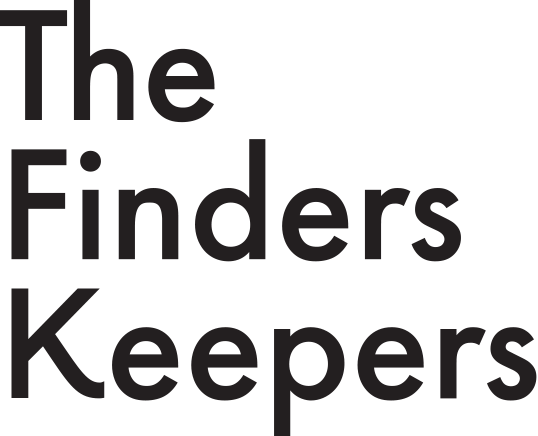



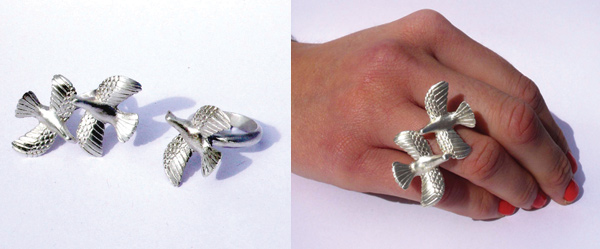

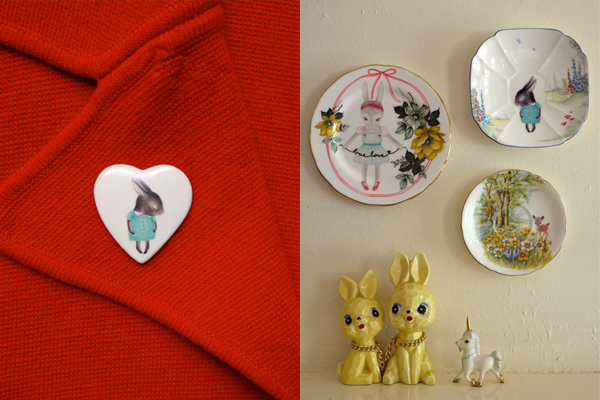



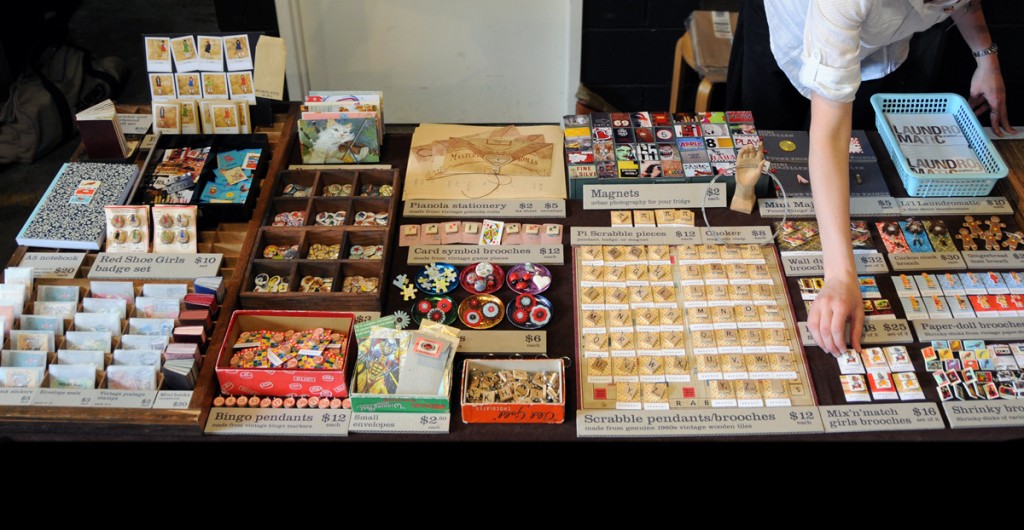
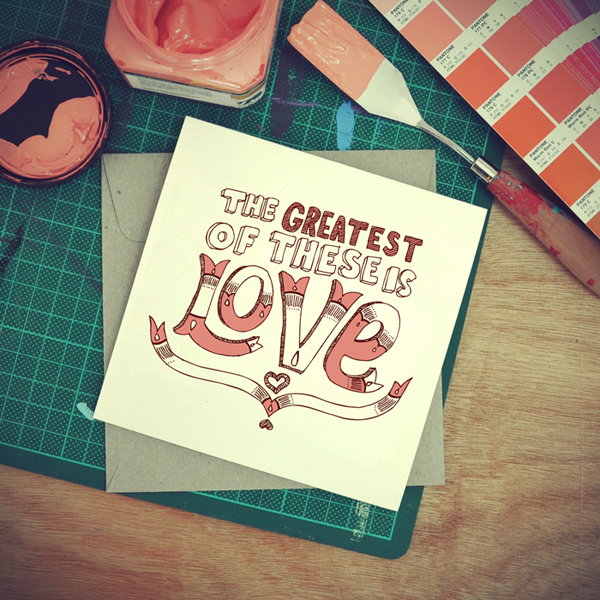

This is a fantastic resource!
This is a great guide with really clear instruction on how to be successful in applications. I hope this helps everyone answer their own questions to an extent and makes the applications of super high quality, as they should be for such a great market!! Thanks for including my pics too guys! 🙂
Thank you so much for sharing this fantastic article. Great information for markets and for selling your wares in general.
Really great tips. Since setting up my Folksy shop in September and having done one craft fair – I am currently trying to find craft fairs/ events/outlets to sell my work and all of the above tips have been most useful advice especially about top quality branding and photos. Thank you!
The best bit of advise I have read for some one who loves to create ..Thank you !!!!
Fantastic advice. Thanks for sharing it with us. I will be sure to keep it in mind whilst applying:)
Excellent tips here! I can’t wait to apply for the upcoming winter Brisbane Finders Keepers market – I had such a great time selling at the last one. Thanks for creating this wonderful event.
Who can apply for the markets? It is only for designers o can It be a person representing different designers? Do they need to be only Australian Designers?
Thanks
V
I’ve heard so much about these Markets from other designers and artists, I can’t wait 🙂 Looking forward to applying! Fantastic tips thank you
Wahoo! This guide is excellent… now i know the expectations I’m really excited for the challenge of being chosen for Sydney 😀 thanks for this… you’ll be hearing from The Happi Empire shortly 🙂
Very inspiring! Thanks Finders Keepers – we love that you look out for the little guys 🙂 x
This is a great piece! My hand couldn’t keep up with the amazing dot points of advice I needed to write down. Thank you :}
great advice..
i look forward to applying next month for melbourne’s finders keepers in october.
thank you! ~m
Hi guys,am exhibiting at the Love Vintage Show in Melbourne this weekend
I have a range of genuine vintage advertising and antique prints
Business is called Demigod Antique Prints
Perhaps one of your representatives is coming to the show
Do you think my product may be suitable for your next Melbourne show
Don’t want to waste your time by applying if not an appropriate product
Ta
Regards
Joe
What a great resource you have put together here! We will definitely be sharing the link with our lovely stallholders.
Thanks!
Amy
Great advice and well presented- a good resource for all market applications. Thanks.
Great advice indeed, but maybe you could spell check your tips as I’ve found at least three typos!
oh whoops! thanks Emma, we haven’t had a read through of this post in a while! we’ll correct now..